10 Delicious Alternatives When You’re Out of Tomato Paste
Tomato paste is a concentrated burst of tomato flavor that enriches sauces, soups, and stews with depth and color.
When you run out of tomato paste, alternatives like tomato sauce, puree, or even canned diced tomatoes can fill the gap with some adjustments.
Some substitutes may require reduction to achieve the same intensity, while others offer complementary sweetness or acidity.
These ten best tomato paste substitutes provide flexible options to keep your cooking vibrant.
Knowing how to balance moisture and flavor ensures your dishes don’t lose their signature tomato richness.
With these alternatives, you can continue crafting hearty meals without missing a beat.
Discover tips for making seamless tomato paste swaps in your favorite recipes.
What Is Tomato Paste’s Key Flavor & Texture?
Tomato paste has a rich, deep flavor that’s both sweet and slightly tangy. It’s made by cooking tomatoes down until thick and concentrated, which gives it a bold taste that adds body to many dishes.
The texture is thick and smooth, almost like a dense sauce, making it perfect for giving soups, stews, and sauces a rich tomato boost without extra liquid.
Just a little goes a long way, bringing a warm, savory note that helps tie flavors together in cooking.
What Foods To Replace Tomato Paste
Tomato paste is thick, rich, and flavorful. Without it, you can still give your recipe depth and color. Choose something that blends smoothly.
Plain Tomato Sauce & Sugar
Plain tomato sauce stands out as the best tomato paste substitute because it's easy to find in any grocery store and delivers that authentic tomato flavor your recipes need.
The main difference lies in its consistency and sweetness level, so you'll need to make small adjustments when using it in cooking.
For successful substitution, use two tablespoons of plain tomato sauce (avoid flavored varieties) plus a quarter teaspoon of sugar for each tablespoon of tomato paste called for in your recipe.
The sauce's thinner texture means reducing other liquids in your dish by about one tablespoon to maintain the right consistency.
These simple tweaks allow you to save a trip to the store when you're missing tomato paste while still achieving delicious results in your favorite dishes.
Ketchup
Ketchup is a versatile substitute for tomato paste when you're in a pinch, ranking as the most accessible option in most kitchens.
This condiment began its journey as a Chinese fish sauce before evolving into the American staple we recognize today through brands like Heinz.
While ketchup lacks the thickness and concentration of tomato paste, it adds wonderful depth, acidity, and sweetness to recipes, particularly those with bold flavors that can balance its tangier profile.
Small amounts work best- generally one tablespoon or less- making it perfect for hearty dishes like chili where the additional sweetness won't overwhelm.
For better flavor balance, adding half a tablespoon of Worcestershire sauce can help temper ketchup's sweetness when using it as a one-to-one replacement for tomato paste.
Strained Canned Tomatoes
Substituting strained canned tomatoes for tomato paste offers a convenient solution when you're in a pinch.
The thick texture of strained tomatoes mimics tomato paste beautifully, especially when they're simmered down for a few minutes to concentrate their flavor.
After straining out excess liquid, the ratio generally works out to three tablespoons of strained tomatoes for every one tablespoon of tomato paste called for in your recipe.
Remember to reduce other liquids in your dish by about one tablespoon to maintain the right consistency.
Tomato Puree
Tomato puree offers a perfect alternative to tomato paste when needed, though it has a thinner consistency and slightly milder flavor profile.
From crushed tomatoes, this substitute works wonderfully in mushroom sauces, stews, soups, and salads, just requiring some extra cooking time to reach the desired thickness.
For best results, substitute one tablespoon of tomato paste with three tablespoons of cooked tomato puree in your recipes.
Some recipes may require adjusting liquid content if the puree doesn't thicken enough during cooking.
Tomato Soup
Tomato soup offers a fantastic backup when tomato paste isn't available in your kitchen.
This substitute provides a similar flavor profile with a slightly sweeter taste while delivering healthy vitamins that benefit your meals.
The main difference lies in consistency since tomato soup contains more liquid than paste, making it ideal for wetter dishes such as soups and sauces.
For best results, replace each tablespoon of tomato paste with three tablespoons of tomato soup in your recipes.
During substitution, remember to reduce other liquids by approximately 1/4 cup to maintain the right consistency and prevent your dish from becoming too watery.
Harissa
Harissa, a fiery North African chili pepper paste, brings intense heat and smoky depth to countless dishes with its blend of roasted red peppers, garlic, coriander, and caraway seeds.
From traditional Moroccan tagines to Middle Eastern falafel, this versatile condiment works magic across many cuisines, making ordinary meals extraordinary with just a small amount.
The paste-like consistency resembles tomato paste, allowing for straightforward substitution in recipes where you want to add complexity and spice.
Harissa comes in varying heat levels at specialty stores, so you can easily find one that matches your spice tolerance.
Soy Sauce
Soy sauce offers a surprising alternative when tomato paste is missing from your pantry, adding deep umami flavors that enhance many dishes.
This dark, savory liquid from East Asian cuisine works because both ingredients deliver that sought-after depth, though soy sauce brings saltiness rather than tomato's sweetness.
Smart cooks use it sparingly since the consistency is much thinner - just one teaspoon of soy sauce can effectively replace a tablespoon of tomato paste in most recipes.
For dishes where sweetness matters, a small amount of brown sugar or tamarind paste mixed with the soy sauce creates a more balanced substitute.
Many home chefs actually prefer this swap in certain recipes because it adds complexity while maintaining the rich undertones that tomato paste normally provides.
Salsa Verde
Salsa verde stands out as an excellent substitute for tomato paste despite its different color, creating a similar flavor profile with green tomatoes, avocados, jalapeños, and cilantro.
This tangy Mexican sauce works wonderfully in most dishes that call for tomato paste, though its green hue might be noticeable in lighter-colored recipes.
For proper substitution, simply use one tablespoon of salsa verde for each tablespoon of tomato paste needed in your recipe.
The swap requires a small adjustment - removing 1-2 tablespoons of liquid from your original recipe to maintain the right consistency.
Beyond just chips and tacos, salsa verde brings a fresh, zesty kick that can enhance soups, stews, and sauces when you're in a pinch without tomato paste.
Marinara Sauce
Marinara sauce, a light and fresh Italian classic made from whole peeled tomatoes, olive oil, garlic, and basil, stands out as an excellent tomato paste substitute in many dishes.
The key difference from tomato sauce lies in marinara's thinner consistency and milder flavor profile, making it perfect for recipes where a subtle tomato taste is desired.
For the best substitution results, a simple ratio of 3 tablespoons of marinara sauce for every 1 tablespoon of tomato paste works wonderfully.
Soups and stews particularly benefit from this swap since they already contain high amounts of liquid ingredients that complement marinara's thinner texture.
Most home cooks appreciate how this substitute maintains the tomato essence without overpowering other flavors in their favorite recipes.
Worcestershire Sauce
Worcestershire sauce offers a unique blend of sweet, sour, and umami flavors thanks to its distinctive mix of molasses, vinegar, garlic, and tamarind.
Many cooks don't realize this classic condiment can actually stand in for tomato paste in certain recipes despite having a thinner consistency.
For best results when making this swap, use just 1 teaspoon of Worcestershire sauce to replace each tablespoon of tomato paste called for in your recipe.
The liquid nature of Worcestershire means you might need to adjust other liquids accordingly when substituting.
This simple exchange works particularly well in meat dishes, stews, and savory sauces where you want depth of flavor rather than tomato's distinctive color and thickness.
How to Adjust Quantities When Using Tomato Paste Substitutes
When using tomato paste substitutes, keep in mind that many options aren’t as thick or concentrated. If the substitute is thinner, use more to get a similar tomato flavor.
For example, if a recipe calls for one tablespoon of tomato paste, you might need two or three tablespoons of tomato sauce or canned tomatoes.
Watch out for extra liquid; reduce other liquids in the recipe to keep the right thickness. Some substitutes like tomato puree are closer in texture, so you won’t need as much. Tasting as you go helps make sure the dish stays balanced and flavorful.
Ways to Enhance Tomato Paste Substitutes for Better Flavor
DIY Tomato Paste: How to Make Your Own Quickly
Making tomato paste at home is simple and quick with just a few ingredients and making steps.
Ingredients:
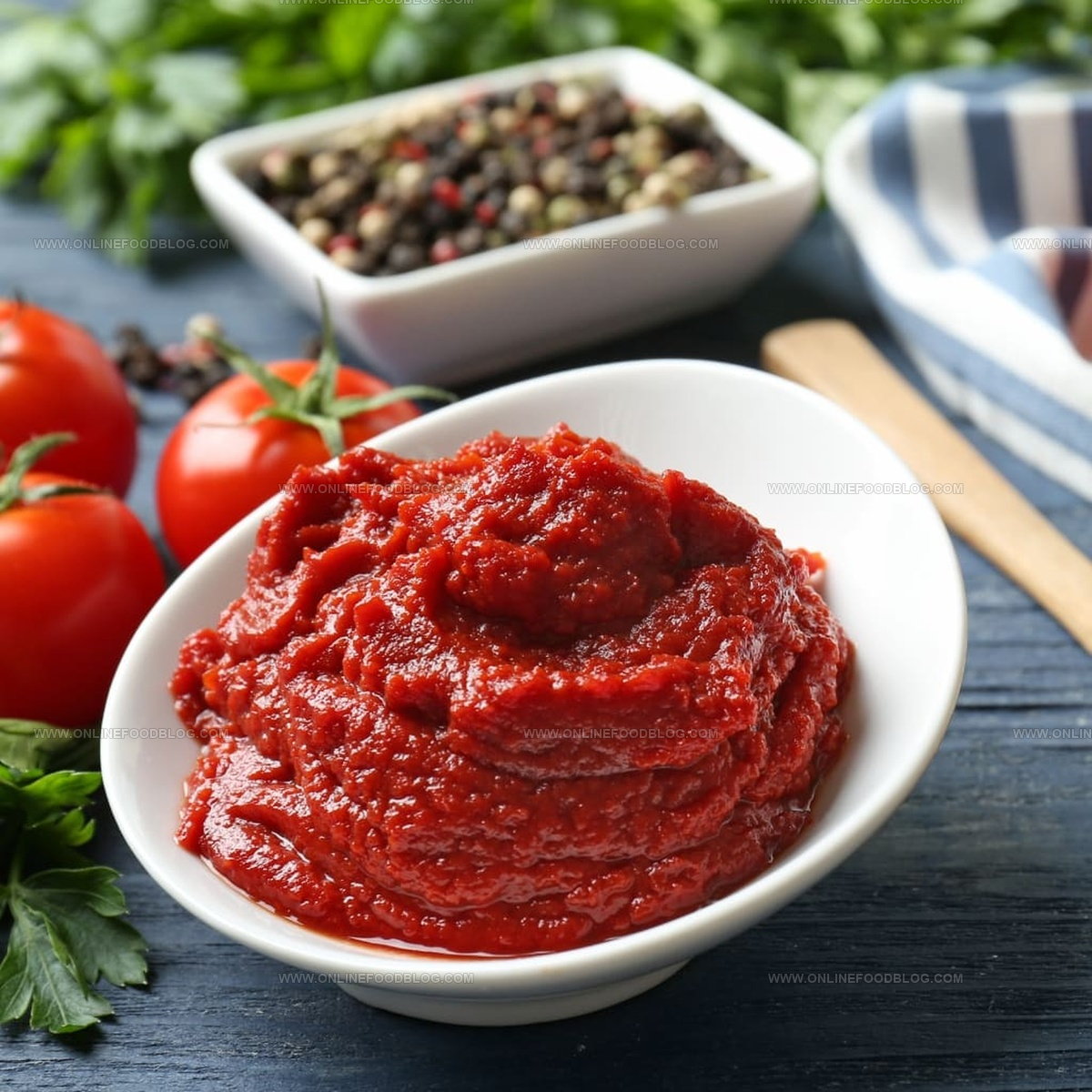
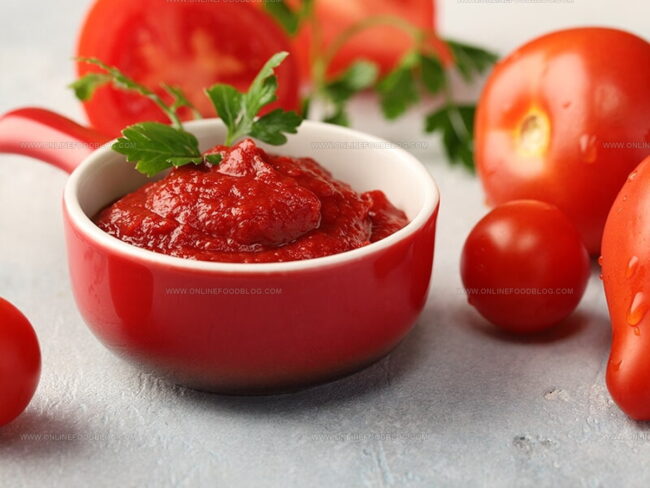
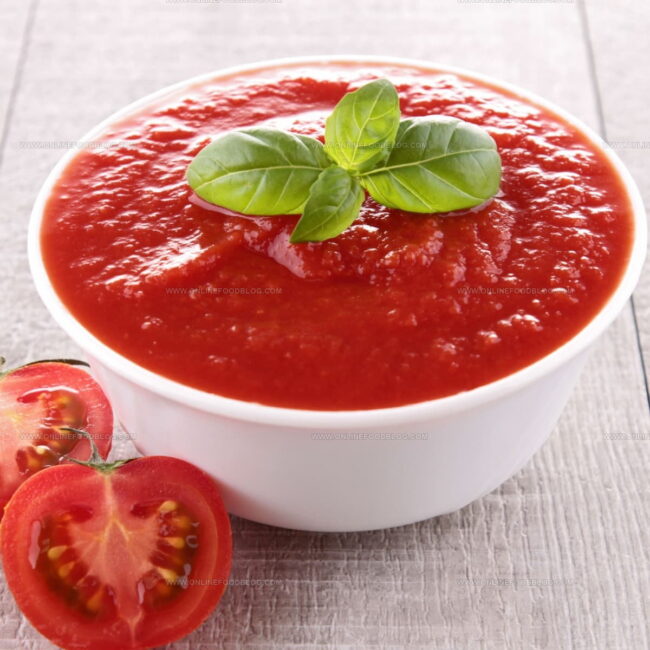
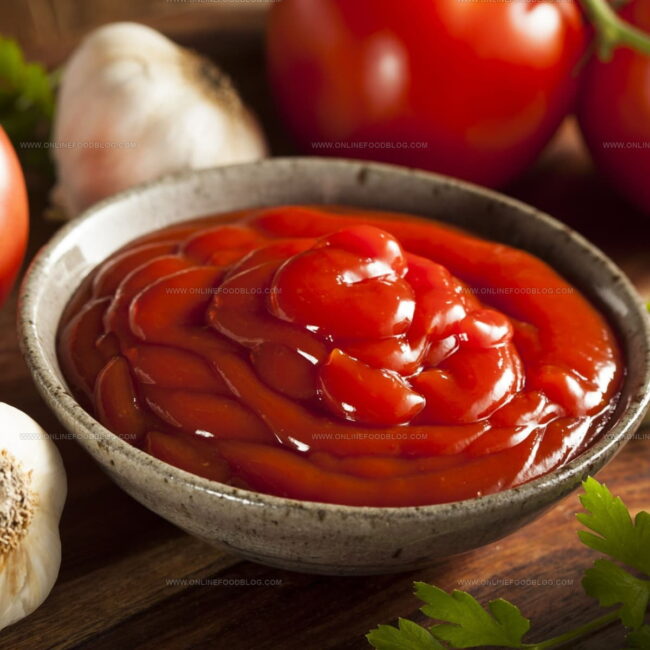
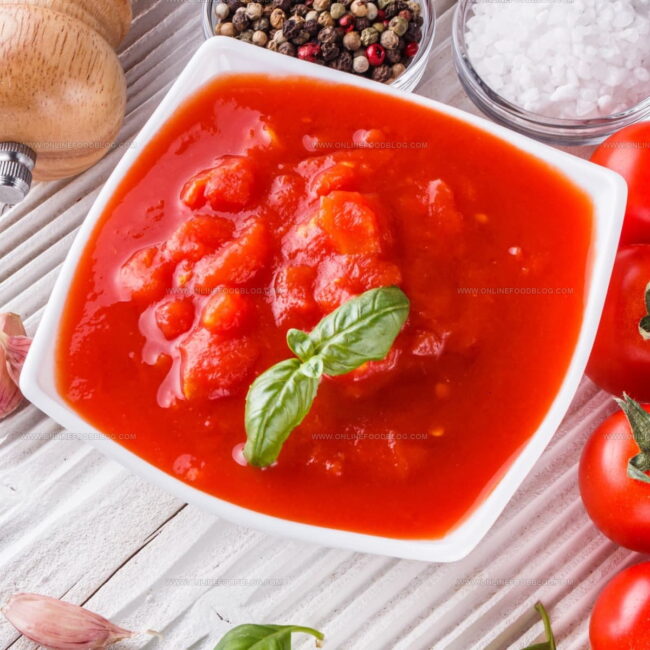
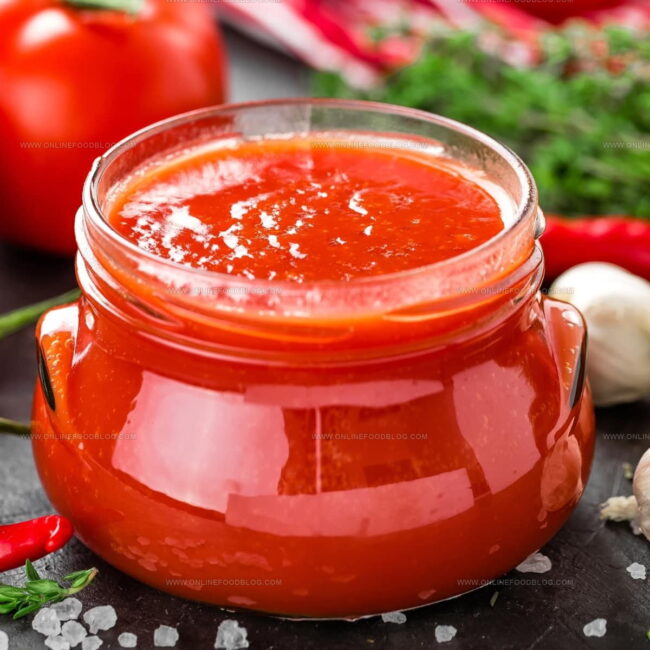
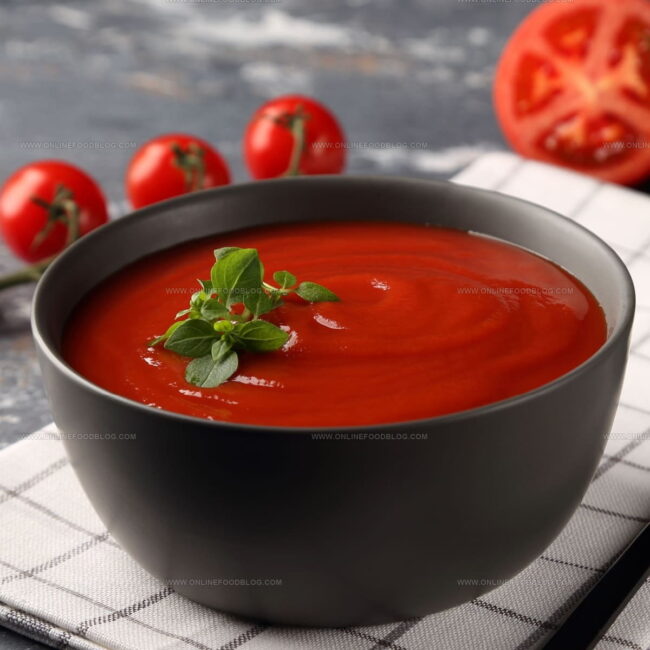
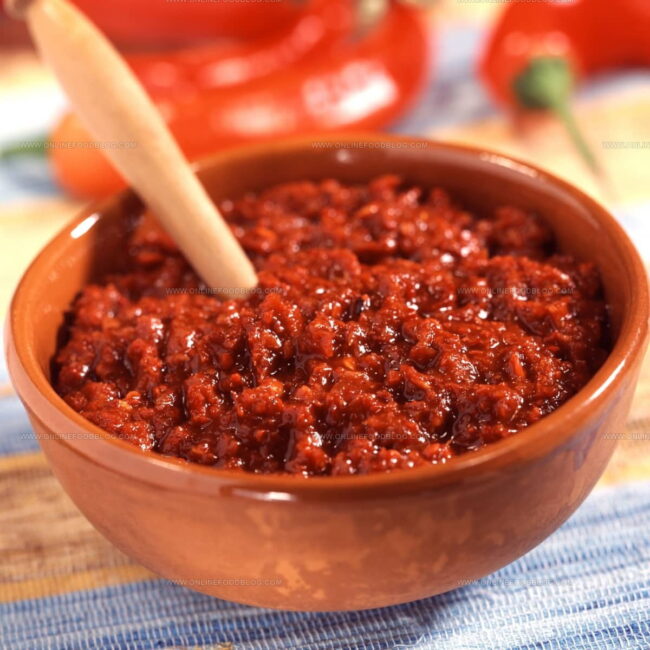
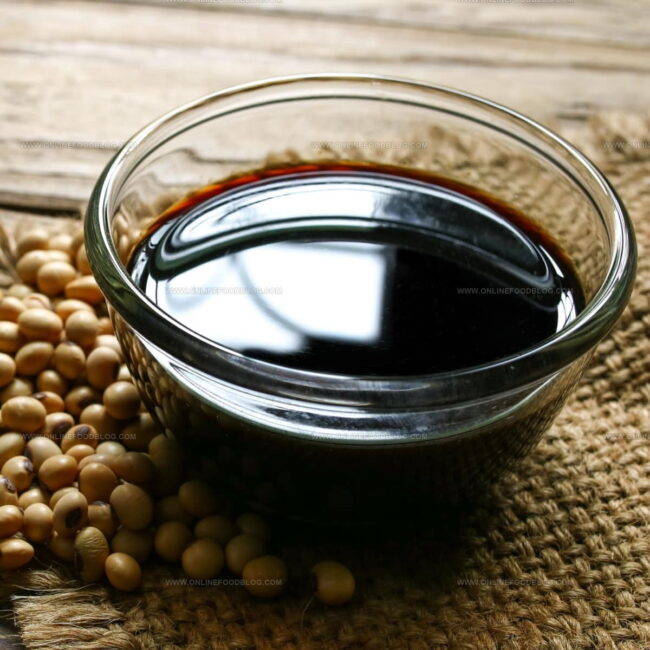
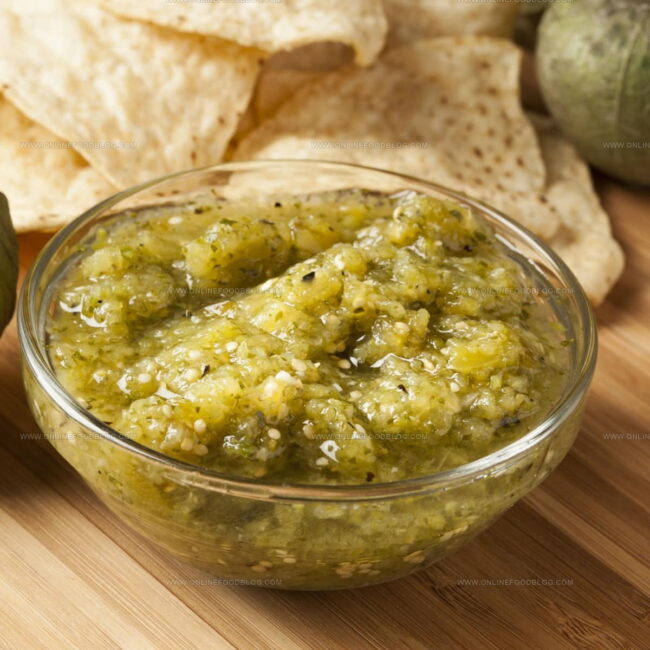
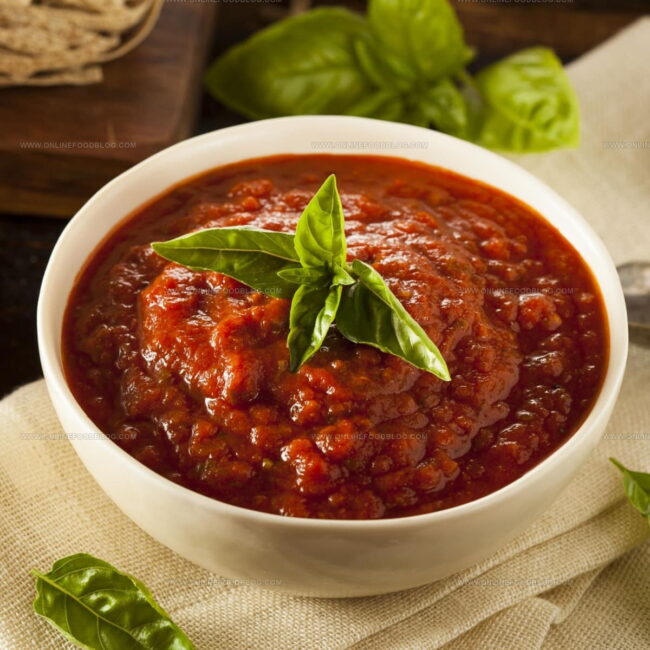
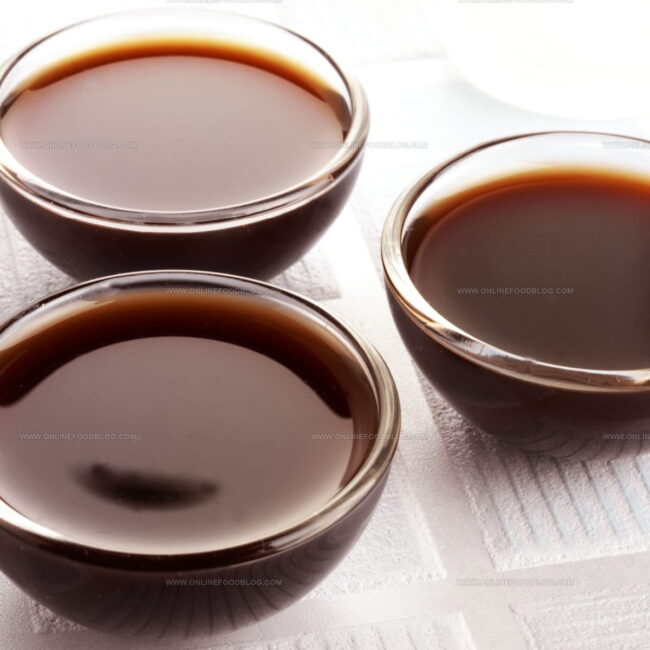
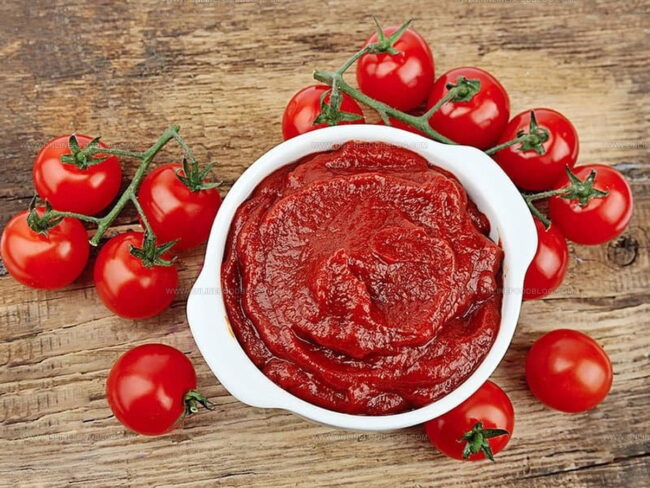
Mia Reynolds
Food Writer & Home Cooking Specialist
Expertise
Easy Home Baking, Recipe Writing and Storytelling, Local and Seasonal Ingredients, Baking for Beginners
Education
New England Culinary Institute (NECI), Montpelier, Vermont
Community College of Vermont, Winooski, Vermont
Mia Reynolds fell in love with baking as a teenager experimenting in her family kitchen. Her passion took her to New England Culinary Institute, where she learned practical pastry techniques, and later to Community College of Vermont to deepen her understanding of food management.
Mia combines clear, simple baking instructions with heartwarming stories, making home baking approachable for everyone.